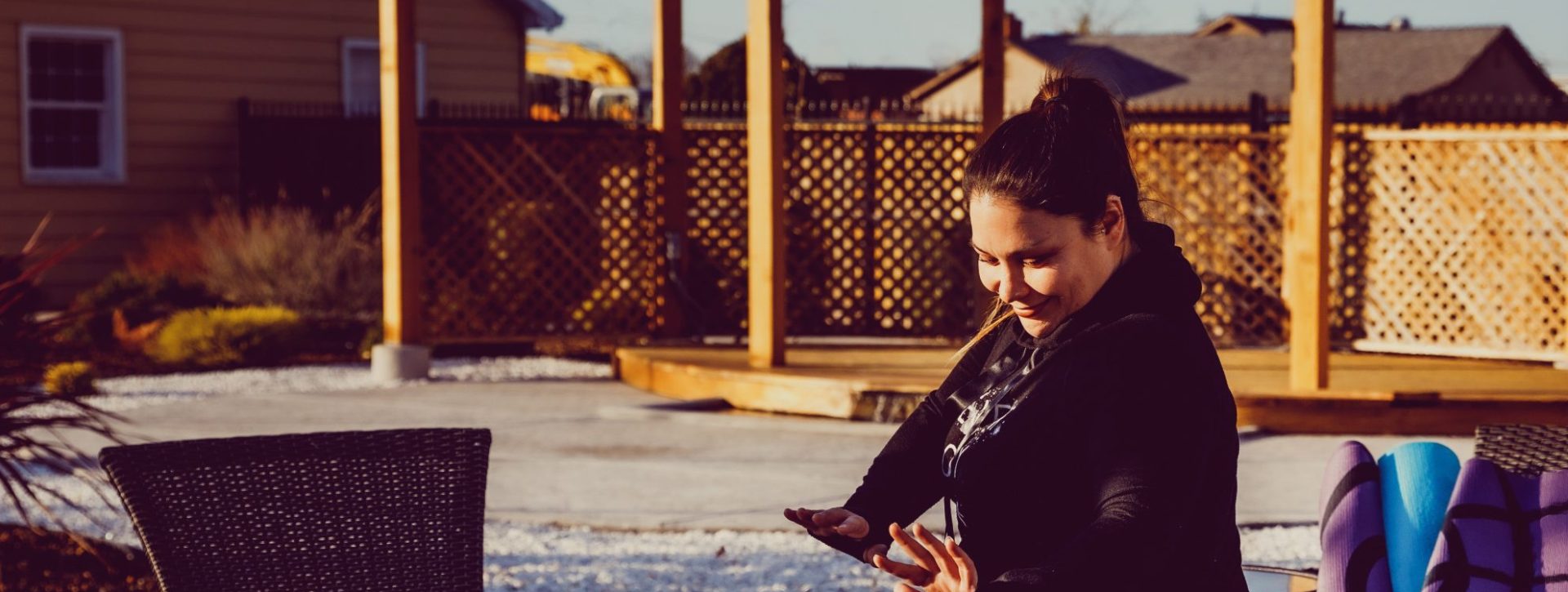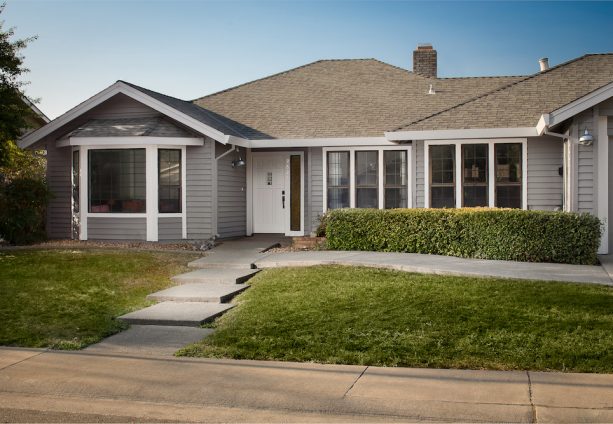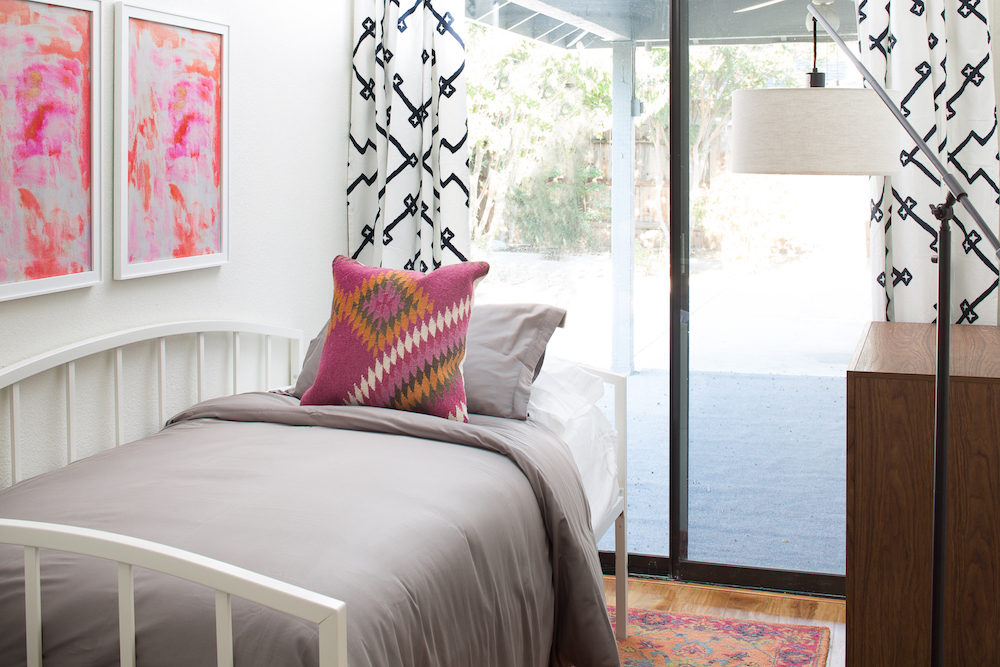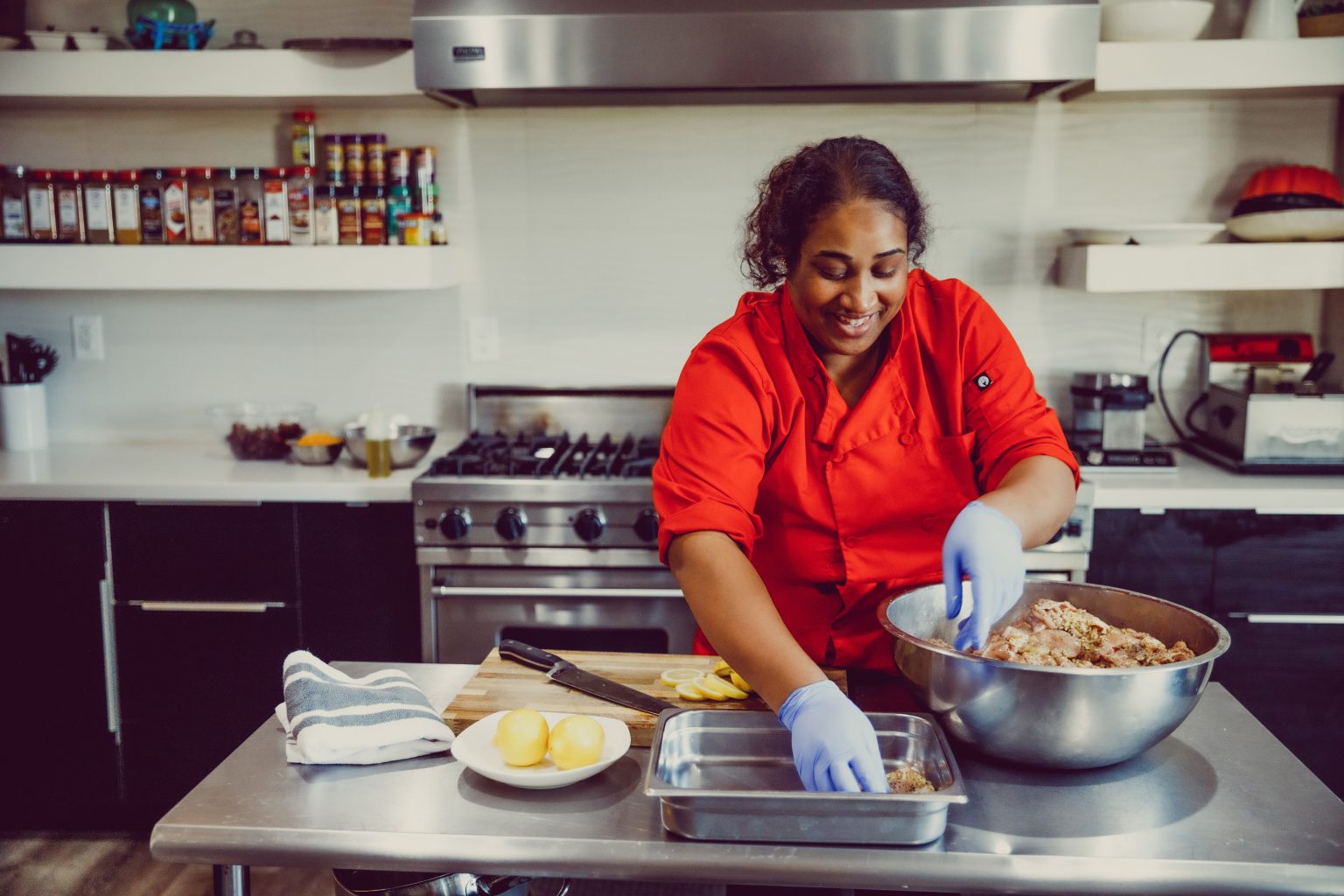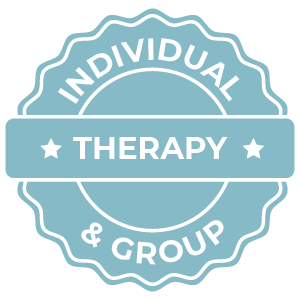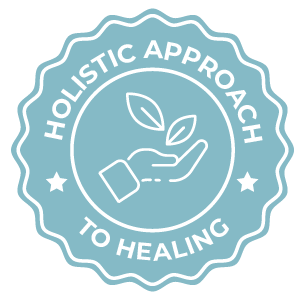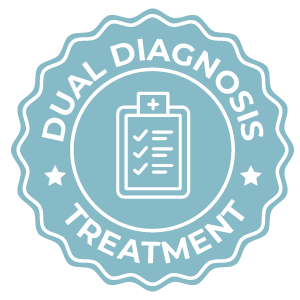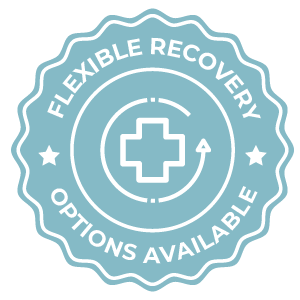Here are Some of the Features We Provide at Diamond House Detox:
A Drug and Alcohol Detox Facility With Private Rooms
Your comfort is essential during detox. Having a private space for reflection and retreat allows you to go through this extremely personal experience in peace. There are opportunities for socializing and engaging with our other guests, but when you need to get away, your luxurious private room is a place all your own. On top of this, we also provide our guests with a toiletry kit, bathrobe and other amenities that will make your experience as comfortable as possible.
One of the easiest ways to detox from drugs and alcohol is to decrease the number of stressors and triggers that cause you to use substances in the first place. Both internal and external triggers cue us to use substances in times of high stress and vulnerability. Understanding the nature of triggers and how to cope with them is best achieved in a private drug and alcohol detox environment away from the hustle and bustle of everyday life.
Triggers are emotional, environmental or social situations that remind people in recovery of their past drug and alcohol use. These cues prompt urges that may or may not lead to relapse. When exposed to certain cues, long-term drug users suffer from strong urges to relapse. Although triggers are not a direct cause of substance abuse, they can certainly increase the likelihood of drug and alcohol use. According to the National Institute on Drug Abuse (NIDA), 40 to 60 percent of people treated for substance use disorders experience a relapse at some point during their recovery process.
At Diamond House Detox, we’re aware of the importance of reducing everyday stressors in the recovery process. Both internal and external events cause triggers. Internal triggers such as both negative and positive feelings can deter detox efforts in a variety of ways. Emotions like overconfidence, anger, anxiety, guilt, fear or even passion, happiness and excitement can elicit sudden urges to use drugs and alcohol. On the other hand, external factors include:
- People: Close family and peers that may or may not use drugs and alcohol pose as potential triggers. Other people that may influence cravings include friends, co-workers, employers, former drug dealers, spouses or partners and neighbors.
- Places: Walking or driving by a location associated with previous drug use can act as a subconscious cue to consume drugs or alcohol. High-risk situations include concerts, neighborhoods, bathrooms, a friend’s home, hotels, bars and clubs, worksite, schools, downtown areas or former drug-stash locations.
- Objects: Objects in an individual’s everyday surroundings can induce cravings, such as furniture, paraphernalia, movies, ATMs, credit cards, cash, magazines, television or empty pill bottles.
- Events: Certain events can cue unexpected urges to use drugs and alcohol, including parties, calls from creditors, going out, anniversaries, going to or coming home from work, holidays, family gatherings, or even before, during and after sex.
- Activities: Activities such as going out to dance or going out to eat at a restaurant, listening to music, driving, being alone, talking on the phone, going on a date, or eating lunch or dinner can act as external triggers.

